It was never just about the music, it was about the whole experience.
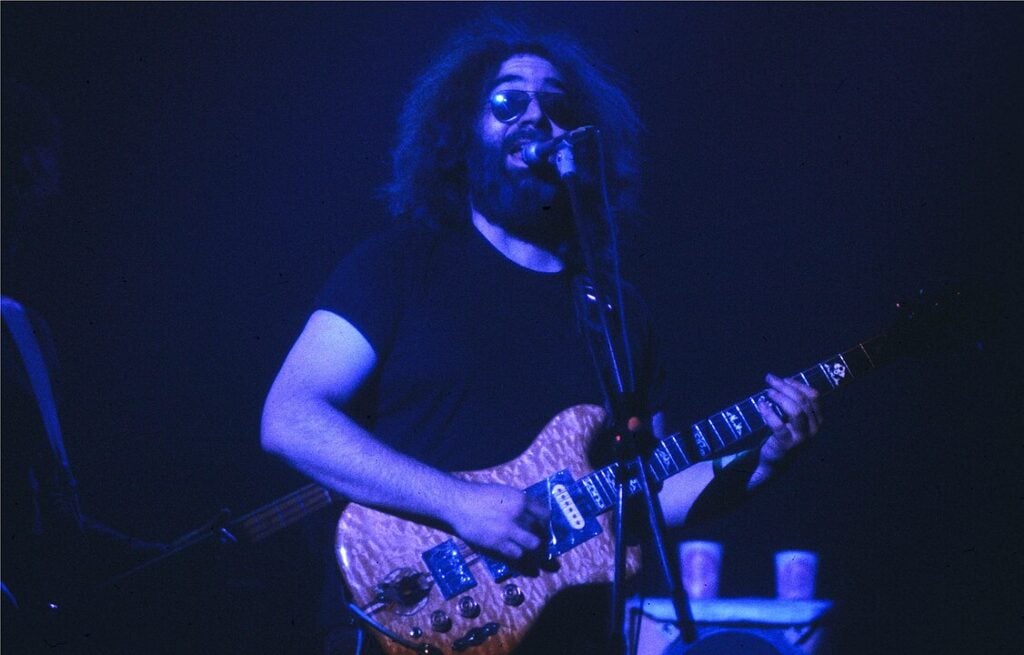
Few bands in history have inspired the kind of devotion that The Grateful Dead commanded, creating a cultural phenomenon that extended far beyond the songs they played. For a generation of Baby Boomers coming of age in an era of profound social change, the band, led by its reluctant guru Jerry Garcia, offered more than just music; it offered a philosophy, a community, and a different way to live.
The “long, strange trip” wasn’t just a lyric; it was a roadmap that left an indelible mark on their worldview, shaping their values and their approach to life for decades to come.
1. They created a new kind of musical genre.

Before The Grateful Dead, popular music was largely confined to the three-minute single. The Dead shattered that mold, blending rock, folk, bluegrass, blues, and jazz into long, improvisational journeys. Their concerts were not recitals of their albums but unique, exploratory events where a song could stretch into a 20-minute psychedelic jam, as statewd by A Tree With Roots.
This free-form, experimental approach created the blueprint for the entire “jam band” genre that would follow. They taught a generation of music lovers that a song didn’t have to be a static product but could be a living, breathing thing that was different every single night, valuing improvisation and the magic of the moment.
2. They built a community, not just a fanbase.

Following The Grateful Dead was not a passive hobby; it was an active lifestyle. The band’s dedicated followers, the “Deadheads,” created a nomadic, tribal community that was unlike anything in rock and roll, Los Angeles Times. They would travel from city to city, following the tour and creating a vibrant, mobile village in the parking lot of each venue, complete with its own barter economy and social structure.
This sense of belonging was a powerful draw. It offered a place for misfits and seekers to find their people, united by a shared love for the music and the band’s laid-back, inclusive ethos. The Dead didn’t just have fans; they had a family.
3. They were pioneers of concert sound technology.

The band was famously obsessed with achieving the best possible sound quality at their live shows. Led by their soundman, Owsley “Bear” Stanley, they were constantly innovating. Their most legendary creation was the “Wall of Sound,” a colossal, technologically advanced sound system used in 1974 that was composed of hundreds of speakers stacked behind the band, as shared in Slate Magazine.
Each instrument had its own dedicated set of speakers, creating a sound that was incredibly clear and distortion-free, even at high volumes. This relentless pursuit of audio perfection revolutionized the standards for live concert sound, influencing the way every major tour has been engineered since.
4. They encouraged fans to tape their shows.
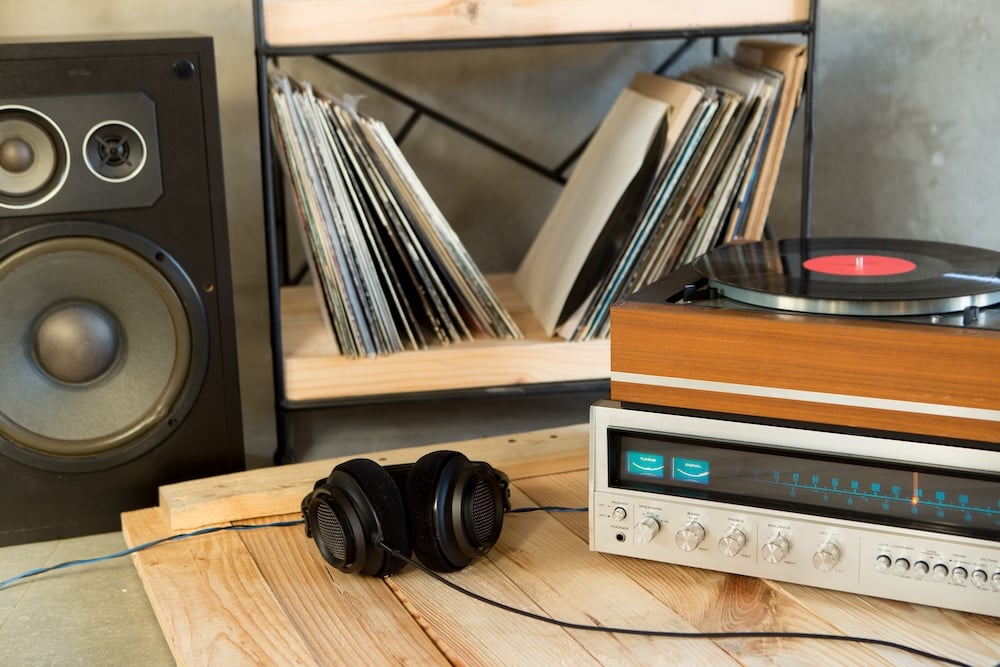
In an era when most bands were aggressively fighting bootleggers, The Grateful Dead took the exact opposite approach. They not only allowed fans to bring recording equipment to their concerts but actively encouraged it, often setting up a special “tapers’ section” behind the soundboard to ensure the best possible quality.
This unprecedented move created a massive, fan-driven archive of thousands of live shows, which were then freely traded among Deadheads on cassette tapes. It was an early form of open-source culture that fostered community and ensured that the band’s musical legacy would be preserved in all its improvisational glory.
5. They defined the visual style of the counter-culture.
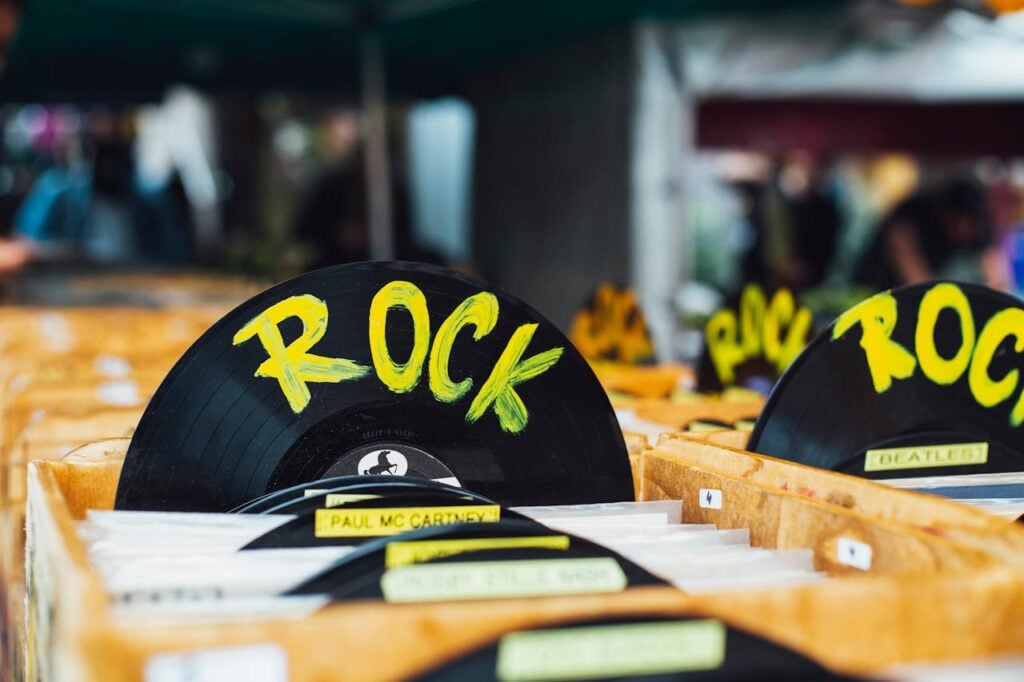
The Grateful Dead’s visual iconography is just as famous as their music and became a core part of the counter-culture aesthetic. The iconic “Steal Your Face” skull with a lightning bolt, the whimsical dancing bears, and the skull-and-roses motif were everywhere, adorning t-shirts, van bumpers, and posters. These images were synonymous with the psychedelic movement.
Of course, the most enduring part of their visual legacy is tie-dye. The band and their fans embraced the colorful, chaotic patterns, transforming the simple craft into the unofficial uniform of the Deadhead community and a lasting symbol of the 1960s and 70s vibe.
6. Their business model was decades ahead of its time.
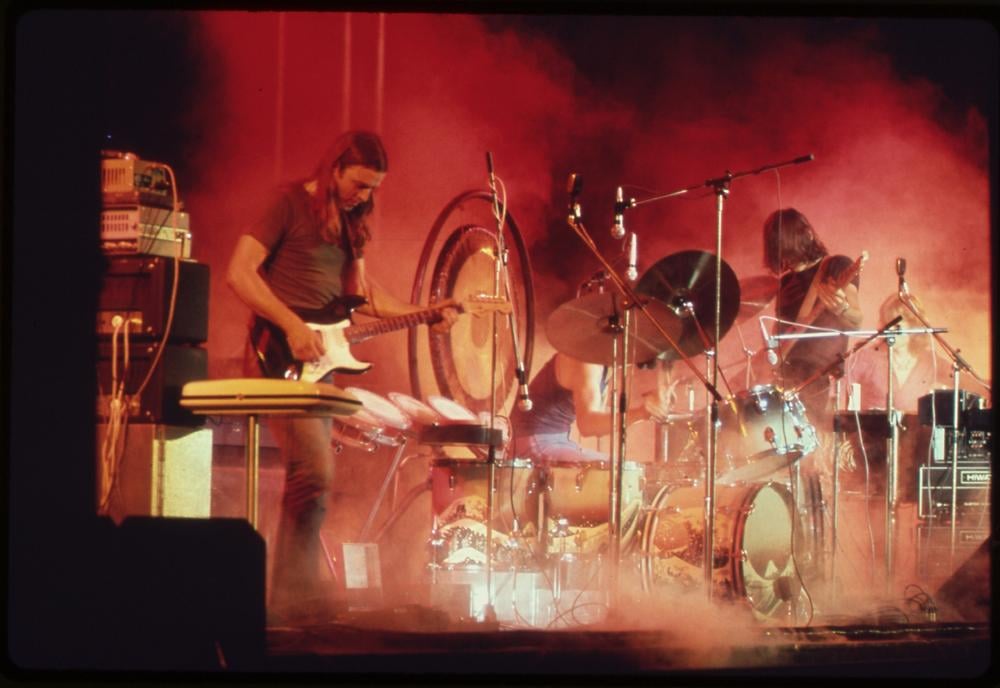
Long before the internet made it possible for artists to connect directly with their fans, The Grateful Dead was doing it the old-fashioned way. They created their own in-house ticketing service, Grateful Dead Ticket Sales, to fight back against the high fees of commercial ticket sellers and ensure that their most dedicated fans got the best seats.
They also managed their own extensive merchandise operation and mailing list, creating a direct-to-fan business model that was completely revolutionary for its time. This DIY, fan-centric approach is now the blueprint that thousands of independent artists follow in the digital age.
7. Jerry Garcia became a reluctant, anti-rockstar icon.
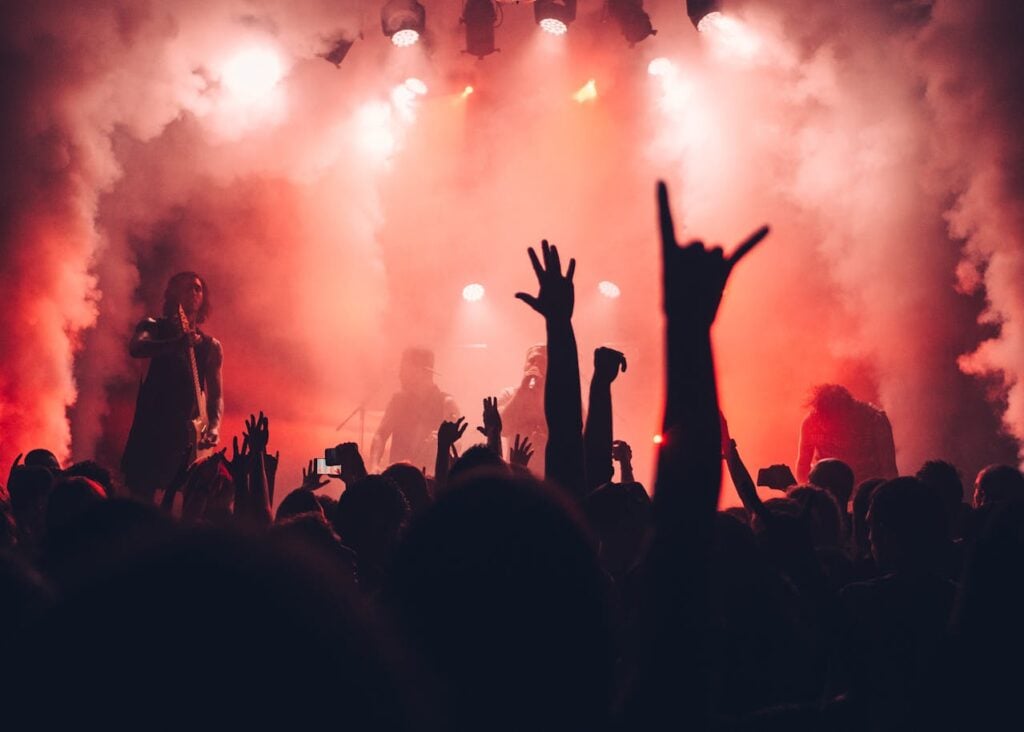
The band’s frontman, Jerry Garcia, was the opposite of a typical rock god. He was famously humble, intellectual, and deeply uncomfortable with fame and the idea of being a leader. In his thoughtful and articulate interviews, he would often downplay his own importance and speak eloquently about music, art, and the nature of community.
This reluctant guru persona made him an incredibly beloved and authentic figure. He wasn’t a preening rockstar; he was a talented, regular guy who just wanted to play his guitar. This anti-authoritarian, down-to-earth attitude deeply resonated with a generation that was skeptical of celebrity and authority.
8. They made San Francisco the heart of the hippie movement.

While the counter-culture was a national movement, its undisputed capital was the Haight-Ashbury district of San Francisco, and The Grateful Dead was its house band. The band members lived together in a communal house at 710 Ashbury Street, which became a famous hub for the entire scene. Their free concerts in Golden Gate Park were legendary events that helped define the spirit of the 1967 Summer of Love.
They were the musical and spiritual anchor of the San Francisco psychedelic scene, and their presence cemented the city’s identity as the epicenter of the hippie movement, a reputation that still endures in the popular imagination today.
9. They embodied a “long, strange trip” approach to life.

The famous lyric from their song “Truckin'” became a life philosophy for many of their Boomer fans. It represented an embrace of a less conventional, more experiential approach to life. It was a rejection of the straight-and-narrow, 9-to-5 path that their parents had followed, in favor of one that was more adventurous, unpredictable, and focused on the journey rather than the destination.
This ethos encouraged a generation to value experiences over material possessions, to be open to new ideas, and to find meaning in a life lived on their own terms. It was a powerful message that resonated deeply with the spirit of the times.
10. They championed an authentic, non-commercial ethos.
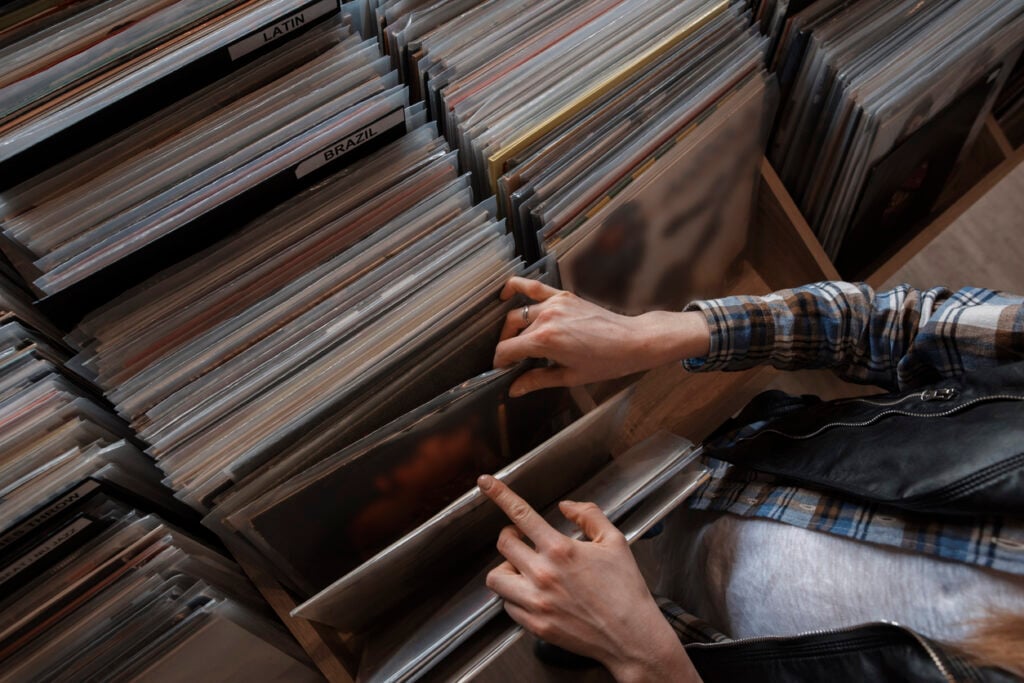
The Grateful Dead was never a Top 40 band. They had very few hit singles and received relatively little radio play compared to their contemporaries. Their focus was never on creating perfectly polished, three-minute pop songs, but on the live concert experience. They built their massive following through relentless touring and word-of-mouth, not through commercial marketing.
This rejection of the corporate music machine made them seem incredibly authentic and pure in their intentions. They were seen as being in it for the music and the community, not for the fame or the money. This anti-commercial stance was a core part of their appeal to a generation that was deeply suspicious of corporate America.
11. They created a uniquely cross-generational community.
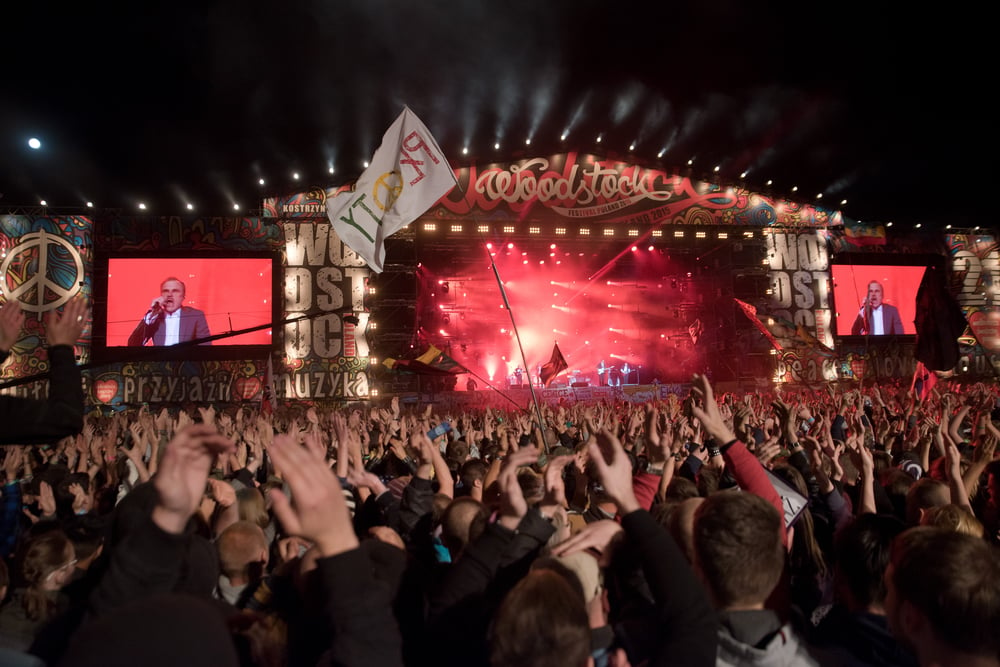
While the band’s origins are firmly rooted in the Boomer experience, one of its most remarkable achievements is its multi-generational appeal. The original Deadheads have passed their love for the music down to their children and even their grandchildren. It’s not uncommon to see three generations of the same family at a modern Dead & Company show.
This has created a unique cultural bridge, a shared passion that connects Boomers with Millennials and Gen Z in a way that very few other cultural touchstones can. The music and the community it fosters have proven to be timeless, a legacy that continues to grow long after the band’s original run.
12. Their music was the soundtrack for personal exploration.
The Grateful Dead’s music was inextricably linked with the psychedelic movement of the 1960s. Their long, improvisational jams were seen as the perfect soundtrack for exploring altered states of consciousness, and their concerts were famous for being safe and communal spaces for people to have those experiences. They weren’t just playing music; they were facilitating a journey.
For millions of young Boomers, the band’s music was the auditory guide for their own personal and spiritual exploration. It opened up new ways of thinking and seeing the world, and for many, it was a profoundly transformative experience that shaped their worldview for the rest of their lives.
